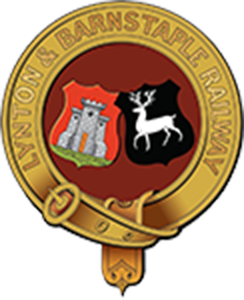
Brake Van No. 56042
Purchased in 2007 along with loco D6652 from the Explosion Museum at Gosport, Hampshire, this heavy wooden bodied brake 4-wheel brake van originally came from the Royal Naval Armaments Depot at Dean Hill near Salisbury. It has undergone heavy restoration including being regauged from 2' 6" to 60cm and after two years of restoration was competed just in time for its debut at the 2011 September Gala. The van is always marshalled at the Barnstaple end of the works train and a 'freight train guard' tasked to operate the hand brake as required during propelling movements in engineering possessions of unfitted stock.
This brake van is currently undergoing restoration and repainting (August 2024).

Original L&BR Bogie Brake Van no. 23. Built 1908 by the L&BR at Pilton Bridge
Owned by the L&B Trust and initially restored by Bristol Group volunteers.
This vehicle left Woody Bay in November 2013 for renovation at the workshops in East Anglia, while a steel underframe is being manufactured to make it suitable for use on the modern L&B. The bogies are currently being overhauled in the workshop at Woody Bay.
